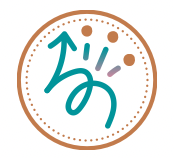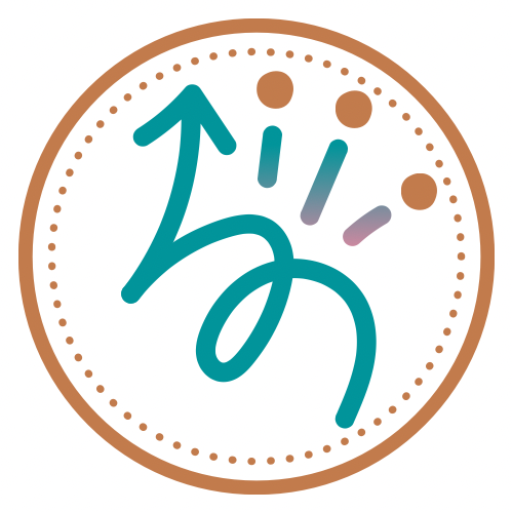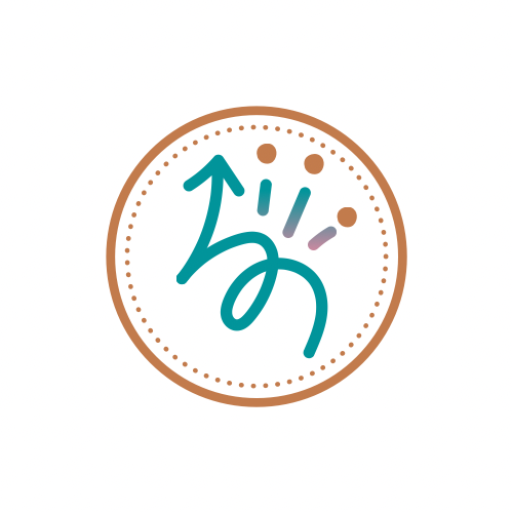Handiwriter: A Pencil Grasp Tool
Handiwriters are a great handwriting tool to help facilitate a functional tripod grasp. This adaptive handwriting device helps bring the pencil back into the web space all the while helping to reduce sore, tired fingers. With just a few simple steps and materials you can have this handiwriter done in no time.

This content is not intended as a substitute for medical advice, diagnosis, or treatment. Always seek the advice of your physician, therapist, or other medical professional regarding a medical condition, or treatment. This content is for informational purposes only.
All links in this post are non-affiliate links, and are provided for your convenience. See full disclosure here.
The Handiwriter
I learned to make handiwriters while I was an occupational therapy student completing my pediatric fieldwork experience. I worked at a wonderful private practice pediatric center that particular summer. There I learned an incredible amount from the families and therapists I worked with. This small therapy center, with just a handful of therapists, provided such a great service to the small community it was a part of. I am ever grateful for that fieldwork placement.
Handiwriters are one of those tools that I have made countless times over the years, and given to the families I worked with to take home as their own. This easy to make, incredibly useful little tool packs a huge punch when it comes to putting kids hands in the correct position for writing.
With only a few materials needed to create, this handwriting aid is quick and simple to make. At home, you may already have some, if not all, of the materials needed.

What Is A Handiwriter?
By design, Handiwriters put the pencil, hand, and fingers into the correct position for writing. This specialized handwriting tool puts the pencil and fingers into a tripod grasp while bringing the pencil back into the web space. The web space is the area located in the nook between your thumb and your index finger. The bead or button that is attached to the handiwriter, is placed on the underside against the palm. It is used to bring the pinky and ring fingers against the palm of the hand. It’s a great tool for children who have an incorrect pencil grasp.
Why Use A Handiwriter?
Handiwriters can benefit children who have limited hand strength, and/or exhibit an inefficient pencil grasp. Furthermore, this handwriting aid puts the pencil and fingers into a functional tripod grasp while also bringing the pencil back into the webspace. This is a great tool to help retrain and build strength in the finger and hand muscles all while using functional tripod grasp.
The Handiwriter And Upper Body Exercises
Please note, handiwriters are a great handwriting tool, but should be used with specific exercises. The use of a handiwriter should be paired with fine motor and upper body strengthening exercises as well as other exercises recommended by your personal occupational therapist. Furthermore, a handiwriter can help to retrain the pencil grasp, while also building those muscles while in use. However, its vitally important to continue with strengthening exercises as recommended by your personal occupational therapist. Additional fine motor and upper body strengthening exercises are listed below.
Handiwriter Use and Wear Time
As with any new handwriting device, fatigue can happen. Start by wearing the handiwriter for 10-15 minutes then add time as strength builds. Watch for signs of fatigue. Take breaks from using the handiwriter, and/or limit handwriting time using the handiwriter until the hand muscles are strengthened and can tolerate extended use.
Can A Pencil Grip Be Used With A Handiwriter?
Yes, a pencil grip, such as these pencil grips, can be used at the same time as when using a handiwriter.
Handwriting Exercises For Specifically Strengthening The Tripod Grasp
Along with exercises that focus on just hand strengthening, exercises that involve strengthening shoulder stability (push ups and animal crawls), and wrist strengthening (pull ups or hanging from strong tree branch or pull up bar) will also be beneficial.
Here is a list of fine motor strengthening exercises designed to specifically help with pencil grasp:
- Play with wind-up toys and spin tops
- Roll playdoh or modeling clay.
- Use one hand to roll play dough between the thumb and the index finger tips (without using a table top)
- Now use the thumb, middle and index fingers to roll a small ball of play dough.
- Rolls snakes, balls, squeeze, and flatten the playdoh.
- Draw with an etch-a-sketch
- Work on fine motor strengthening with binder paper clips, paper clips, or clothes pins and even tweezers.
- Participate in a lacing activity. If you do not have a lacing board, create your own by using a single hole punch to punch holes around the outside of a thin piece of cardboard. Cut out special shapes in the cardboard to make it more fun. Singer hole punchers are also a great strengthening activity.
- Using a dried piece of spaghetti (or pencil), starting at one end, inch your way up the spaghetti without breaking it.
Fine Motor Projects You Might Be Interested In:
Fun Ways To Work On Letter Formation Without Pencil and Paper
As a pediatric occupational therapist, I personally love the Handwriting Without Tears program. It’s easy to use, provides step-by-step instructions for letter formation, addresses line adherence, and has some pretty fun tools that make working on handwriting fun.
Here are some other ideas for working on correct letter formation that doesn’t involve pencil and paper:
- While your child is taking a bath, use shaving cream on the tub wall to work on letter formation on a vertical surface using their index finger. This not only is a great way to work on handwriting, but its also a great upper body strengthening activity. Plus, it’s easy clean up! Just rinse with the shower head or even better fill a spray bottle with water and squirt away (another great fine motor strengthening activity).
- Write or trace letters in the sand.
- Make letters out of pipe cleaners and/or play-doh snakes.
- In a dark room, use a flashlight to make form letters on the wall and ceilings.
- Practice writing letters with the index finger on the carpet.
- Practice forming letters using sidewalk chalk. This is also a great upper body strengthening activity.
Other School-Based DIY Occupational Therapy Tools
- DIY Loop Scissors are adpative self-opening scissors great for new learners or for those who have difficulty opening the scissors.
- Quick and easy Weighted Stuffed Animal is this a great sensory tool adding deep pressure whether in the car, at school, attending appointments, or just at home.
- DIY Fine Motor Dressing Vest is a adorable and fun way to work on dressing and fine motor skills.
- Social Skills Conversation Ball is a fun activity to work on social skills in a group setting.
- Looking for additional adaptive handwriting aids? Check out a fellow occupational therapy blogger, Equip2Adapt, who has created a variety of DIY writing aids.

Special Considerations
- As with any new handwriting device, fatigue can happen. Start by wearing the handiwriter 10-15 minutes then add time as strength builds. Watch for signs of fatigue. Take breaks from using the handiwriter, and/or limit handwriting time using the handiwriter until the hand muscles are strengthened and can tolerate extended use.
- Pair the handiwriter with fine motor exercises to strengthen the fingers and hand muscles as well as upper body strengthening exercises. Furthermore, exercises should be done so that when ready, they will be able to maintain a tripod without any devices. Strengthening the hands and fingers does take time, but participating in 15-20 minutes of fine motor strengthening exercises everyday will help. Contact your personal occupational therapist for specific exercises. See fine motor strengthening exercises above.
- For the scrunchie that goes around the wrist, make sure it is not too tight and not too loose- it’s just the right fit.
- If the mini hair tie is too short especially for older writers, use another small sized scrunchie instead to provide better comfort.
How To Make A Handiwriter

Materials
- Scrunchie that fits well around the wrist. Not to big, not too small. Just right.
- A mini elastic hair tie (the purple hair tie in the picture above). If the mini hair tie ends up being too short, replace with a small sized scrunchie for better comfort.
- Scissors
- Thin, sturdy yarn
- Medium-sized button or bead to place between palm and pads of the pinky and ring fingers. I like the concave feel of a button, but either will work well.
Instructions



Attach the mini hair tie to the scrunching using a Lark’s Knot:
- First, slip the mini hair tie over one small section of the scrunchie as seen in the picture.
- Next, push one side of the mini hair tie in between the scrunchie and the other side of the mini hair tie.
- Third, pull the one side of the mini hair tie through and pull tight to secure the mini hair tie around the scrunchie.
- Attach the bead or button. Place the thin yarn through the button or bead, and tie off 2-3 inches away from the button or bead. Secure to the scrunchie opposite the mini hair tie using a double knot or loop through using the same process as the Lark’s knot.
- Place the scrunchie over the wrist. Secure the mini hair tie over the top end of the pencil just above the hand bringing the pencil into the web space. Place the button or bead under the pads of the pinky and ring fingers and hold while writing.


















